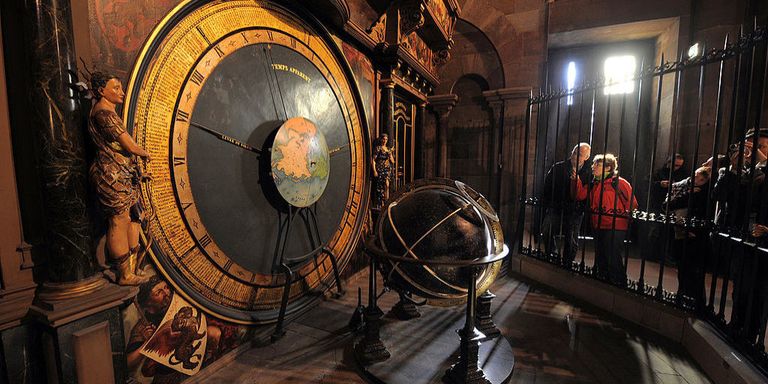As the Gregorian calendar bases its beginning on Jesus Christ’s life, it fails to consider historical events that contribute to the development of human civilization. Due to the lacking epoch in the Gregorian calendar, a calendar that accurately contextualizes the timeline of human civilization is needed.
Made by Cesare Emiliani, the Holocene Calendar begins 10,000 years before the more commonly used Gregorian calendar’s year 0, making it easier to contextualize significant past events not included in the Gregorian epoch.
The Commonly Used Calendar
Most people are only familiar with the Gregorian calendar as it is the calendar that we mostly use. Pioneered by Pope Gregory XIII in the early 1850s, it equated year 0 to the life of Jesus Christ. It changed the Julian Calendar that Julius Caesar established by reducing an entire year to only 365.2425 days; the calendar year lessened by a mere 0.0075 days from 365.25 days.
In addition to that, the Gregorian calendar’s determination of a leap year differs from the Julian calendar, making every year number divisible by four a leap year, with centurial year numbers becoming leap years if they’re divisible by 400. Contrarily, years that are dividable by 100 aren’t leap years. (Source: Pediaa)
When measuring significant historical happenings using the Gregorian calendar, the death of Julius Caesar happens in the year -44, with the collation of the Stories of Torah occurring in the year -500. Not only that, but Stonehenge’s building started in -3,100, with the Ancient Egyptian Civilization spanning from the same negative year until -332.
As numerous academics divided the Gregorian calendar into Before Common Era and Common Era, it still does not remark in changing the religious origins of the Gregorian Calendar. And although the Gregorian calendar only slightly shifted from the Julian calendar, it still fails to consider influential occurrences in history, arising the need for a new calendar that appropriately contextualizes the entirety of historical events; this is where the Holocene calendar comes into play. (Source: Popular Mechanics)
The Wide Range of the Holocene Calendar
The Holocene calendar considers the known start of human civilization as its beginning, unlike the Gregorian calendar that bases its measurement on the life of Jesus. In using the Holocene calendar, one must add 10,000 years to the current Gregorian calendar year. The Holocene calendar’s beginning dates 10,000 years before the Gregorian calendar because of the erection of the Göbekli Tepe, the most ancient recorded large-scale temple constructed.
Found in modern Turkey, the Göbekli Tepe is made mainly from stone. The long-established temple indicates the existence of agriculture, comprising many other features that show the ancient inhabitants’ similar traits to modern humans, such as creative carvings of mythological beasts and animals, a specified place for religious gatherings, and more of the like.
The brainchild of scientist Cesare Emiliani, the Holocene calendar considers the entire history of humans, with Julius Caesar’s passing in the 9,956 Holocene Era, the Ancient Egyptian Civilization from 6,900 to 9,668, and Jesus’ life and death from 9,995 to 10,030. (Source: Popular Mechanics)
